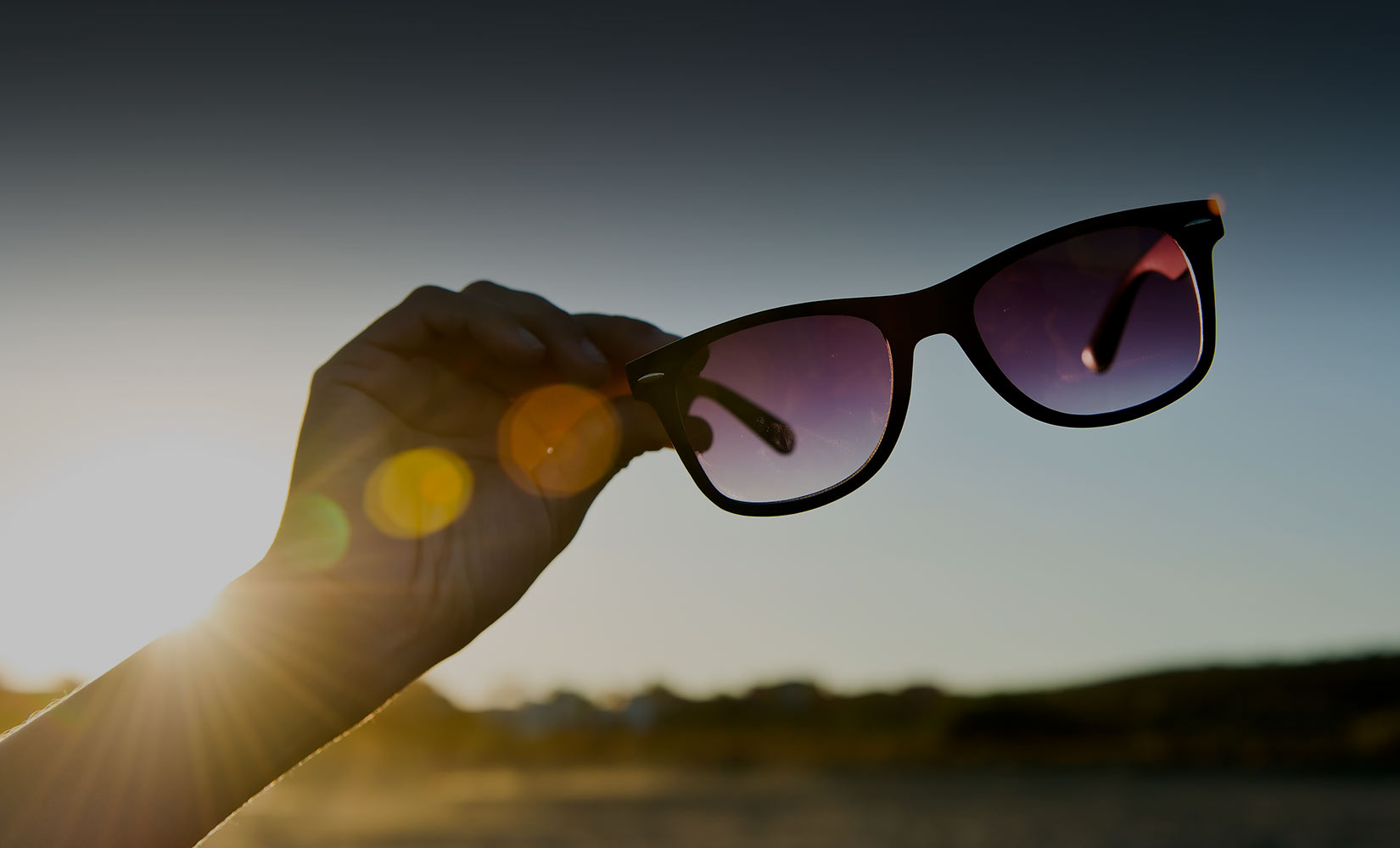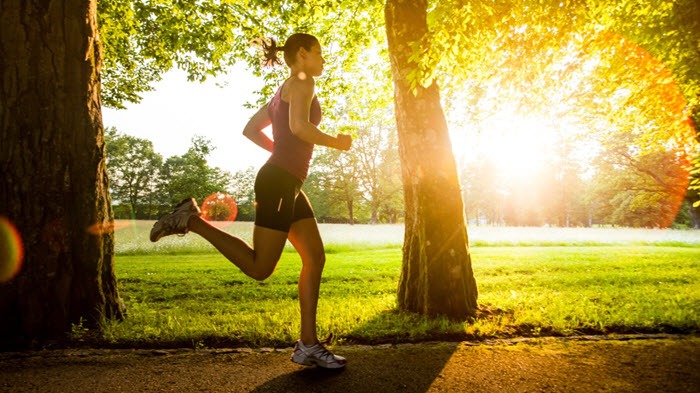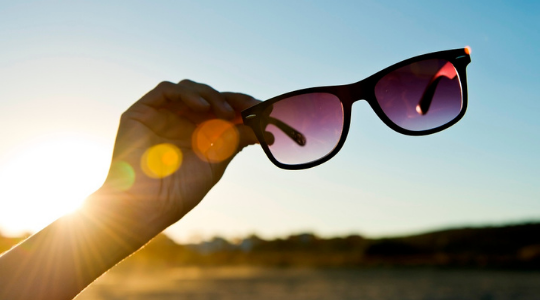
Sun Protection
Outdoor Sports and Recreation

Reducing exposure to UV rays for people involved in sport and recreation can make a significant contribution to the prevention of skin cancer because:
- Many people are involved in outdoor activities as participants, volunteers, officials or spectators
- Participation is highest during childhood and adolescence and minimising over-exposure during this time reduces the lifetime risk of skin cancer
- Outdoor sport and recreation activities often take place at peak UV times, 11am to 3pm
- Many sporting activities take place where there is very little or no shade
- Many activities take place in areas where there are high levels of reflected UV radiation off light coloured surfaces such as concrete or water
- Participants in outdoor sports and activities often wear minimal clothing or clothing which isn’t designed for sun protection.
- Spectators are often poorly prepared for a long period of sun exposure
Shade

Sports grounds and facilities often need a shaded area. A well-designed area of shade can provide a cool protected area during spring and summer sun. Comfortable facilities can, in the long-term, encourage more people to taking part in activities.
Sun protection should be an important issue for all organisations involved in outdoor activities as part of the duty of care to participants.
However, shade alone cannot provide total protection. Wherever possible other sun protection measures should be encouraged.
- Avoid peak UV radiation times (11am-3pm)
- Check sports clothing for UV protection, light weight, tight weave fabrics are best with hats that shade face, neck, ears and face
- Use a minimum SPF 30, 4 star or more sunscreen and apply according to the manufacturers’ instructions. Incorrect application can greatly reduce effectiveness
Points to consider when planning for shade at outdoor events/venues:
- Ensure areas of existing shade are available for use; relocate seating to shaded areas
- Provide shade in locations where it will have most effect such as spectator areas, competition areas, refreshment areas and entrances
- Design shade structures to provide protection from rain and wind, adding to comfort all year round
- Design structures that minimise indirect or reflected UV radiation by using surfaces that reduce surface reflection, e.g. replace cement with brick or grass
- Take expert advice to ensure shade is provided where it is needed, at the right time of day and right time of year
- Plant trees or shrubs with to improve the environment and provide extra shade. Temporary shade structures can be used until the plants have grown sufficiently
- Have portable structures. These can often double up as protection from the rain. Offer portable structures as part of the ground /facility-hire package
- Always consider the safety of the shade structure

CARE IN THE SUN
RISK FACTORS
Anyone can develop skin cancer, whatever their skin colour. However, certain skin types are more at risk from the effects of UV radiation than others.
SKIN PROTECTION
Too much ultraviolet (UV) light, either from natural sunlight or from artificial sources such as sunbeds, is the main cause of 80% of skin cancers.
SUNBEDS
Sunbeds, tanning booths and sun lamps give out ultraviolet (UV) rays that can damage your skin and can make it look wrinkled, older or leathery.

